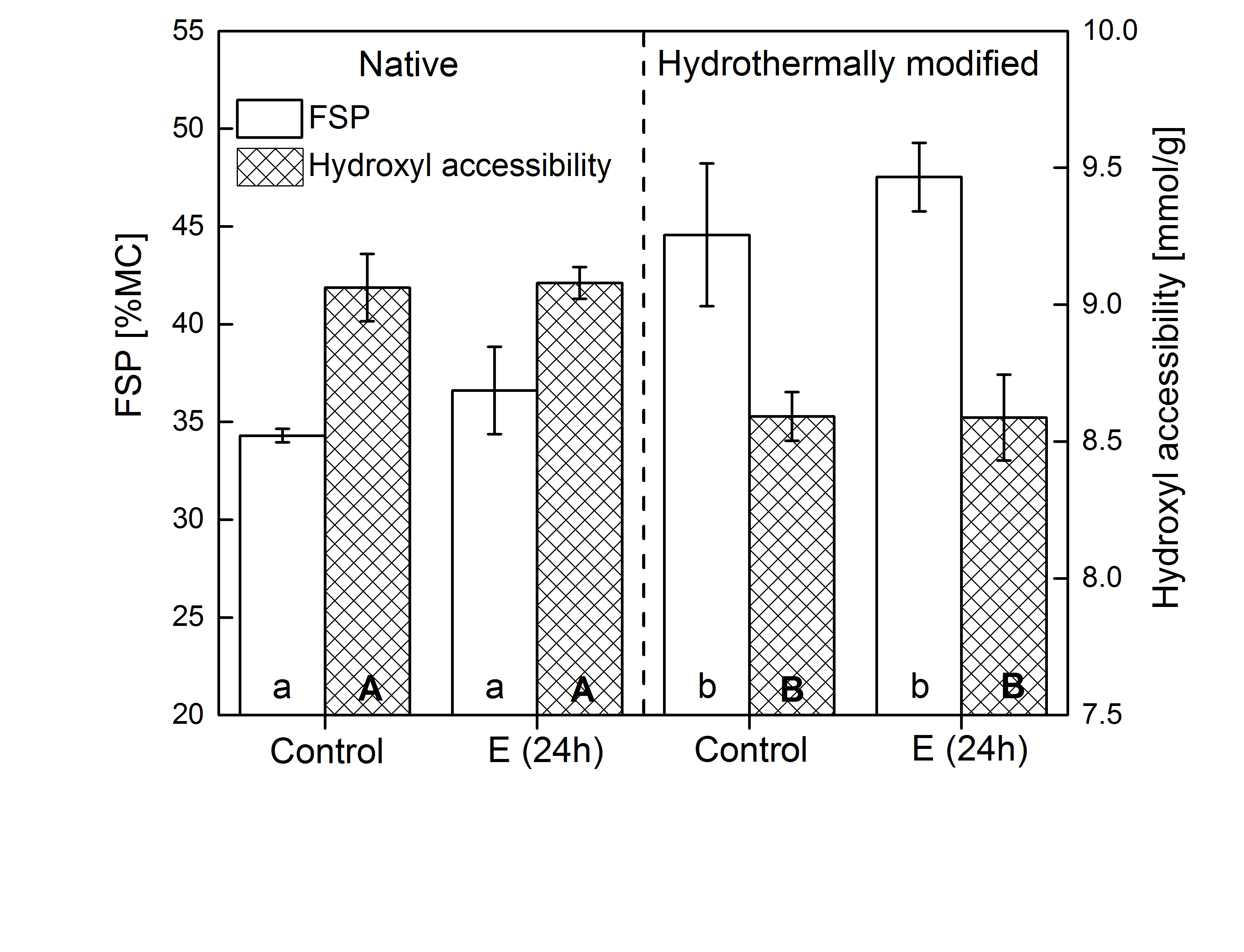Universitetsavisen
Nørregade 10
1165 København K
Tlf: 21 17 95 65 (man-fre kl. 9-15)
E-mail: uni-avis@adm.ku.dk
PhD thesis defense
PhD thesis defense — Ramunas Digaitis' defence at IGN 17/11
Date & Time:
Place:
Auditorium Von Langen, Department of Geosciences and Natural Resource Management, Rolighedsvej 23, 1958 Frederiksberg C
Hosted by:
Section for Forest, Nature and Biomass
Cost:
Free
Ramunas Digaitis defends his thesis,
Supervisors:
Senior Researcher Lisbeth Garbrecht Thygesen, IGN
Post Doc Emil Engelund Thybring, IGN
Assessment Committee:
Associate Professor Markus Rüggenberg, Institute for Building Materials, Swiss Federal Institute of Technology Zürich (ETH Zürich), Switzerland and Swiss Federal Laboratories for Material Science and Technology (Empa), Switzerland
Associate Professor Ola Wallberg, Department of Chemical Engineering, Lund University, Sweden
Associate Professor Katja Salomon Johansen (chair), IGN
Summary:
Accelerated lignocellulosic biomass degradation, depending on its application, can be both beneficial as well as undesirable. Enhanced degradation of bio-based materials, e.g. wood structures, may substantially reduce their service life and therefore is unwanted. Fast lignocellulose fractionation to soluble sugars, on the other hand, is particularly advantageous in biorefineries, where the efficient lignocellulose depolymerisation is central. Lignocellulose degradation, occurring in nature or driven in biorefineries, is a highly complex process where a number of biotic and abiotic factors may contribute to the degradation in a confounded way. Simultaneous exposure to several degrading factors, for instance, could potentially synergistically accelerate degradation of plant biomass.
This study investigated the interrelationship between mechanics and enzymes in degradation of two substantially different lignocellulosic biomass materials, namely flax (Linum usitatissimum L.) fibres and Scots pine (Pinus sylvestris L.) veneers. Mechanical and enzymatic treatments were applied either individually, simultaneously or in a sequential manner, where enzymatic hydrolysis was preceded or proceeded by mechanical treatment. During the enzymatic hydrolysis of flax fibres, mechanical treatment was also applied interruptedly. In addition, factors which potentially enhance physical fibre breakdown (i.e. agitation intensity, type of agitation) as well as impact enzymatic catalysis rate (i.e. enzyme concentration, solid loading) were investigated. To learn more about the enzymatic breakdown of lignocellulose (e.g. enzyme specificity), hydrochloric acid, instead of enzymes was used to mitigate flax fibre attrition during mechanical treatment.
This study showed for the first time that there is a synergistic effect between enzymatic and mechanical degradation on solid wood. For individual fibres, mechanical forces as well as enzyme concentration and solid loading were found to considerably contribute to fibre attrition during hydrolysis. Specifically, higher mixing intensity, free fall distance and enzyme concentration enhanced attrition rate of flax fibres. Increasing solid loading, on the other hand, had the opposite effect. Further, it was observed that mechanical agitation negatively affects enzyme activity.
The thesis is available for inspection at the PhD administration office 04.1.413 at Øster Voldgade 10
